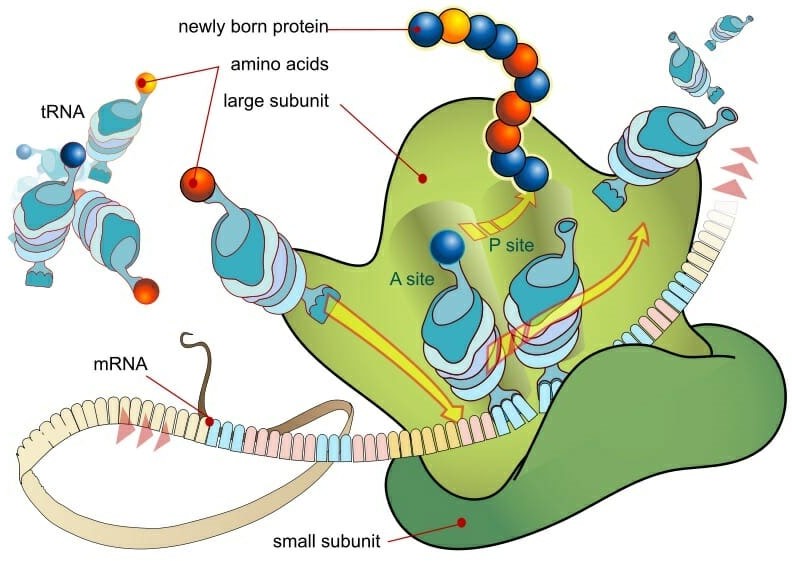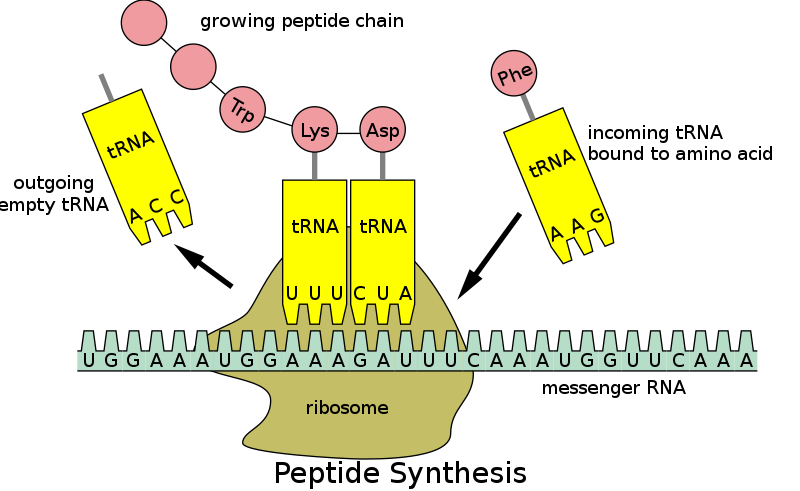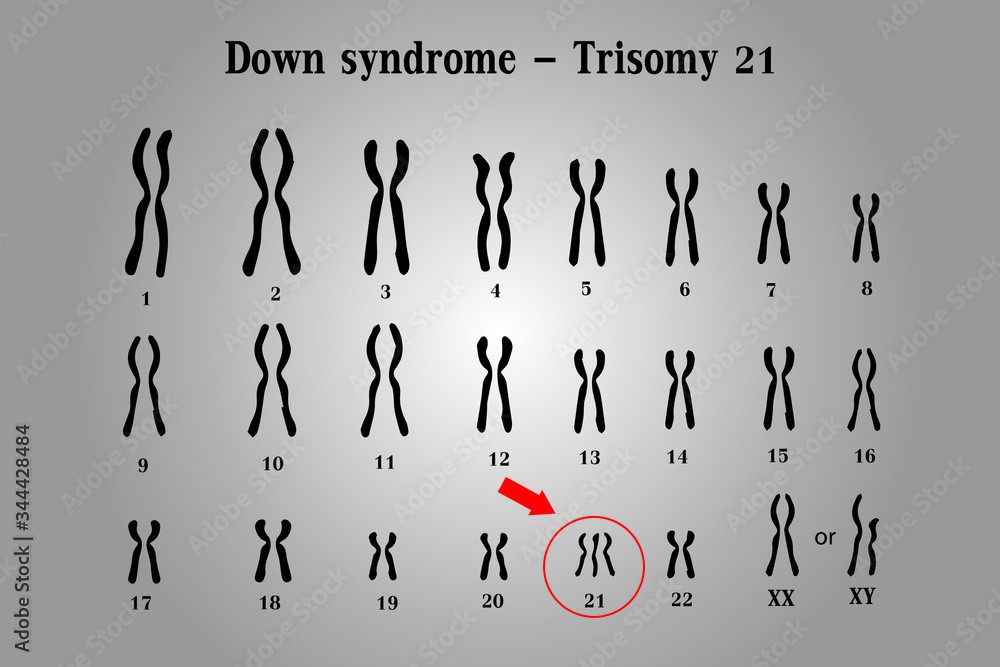A researcher collects data on the number of cars passing through a busy intersection at different times of the day for a month. This data would be most useful to analyze which of the following:
A. traffic paterns during rush hour
B. pedestrian movement during the day
C. air pollution levels in the area
D. noise levels in the area
The data collected by the researcher on the number of cars passing through a busy intersection at different times of the day for a month would be most useful to analyze traffic paterns during rush hour.
Therefore, the Correct Answer is A.





